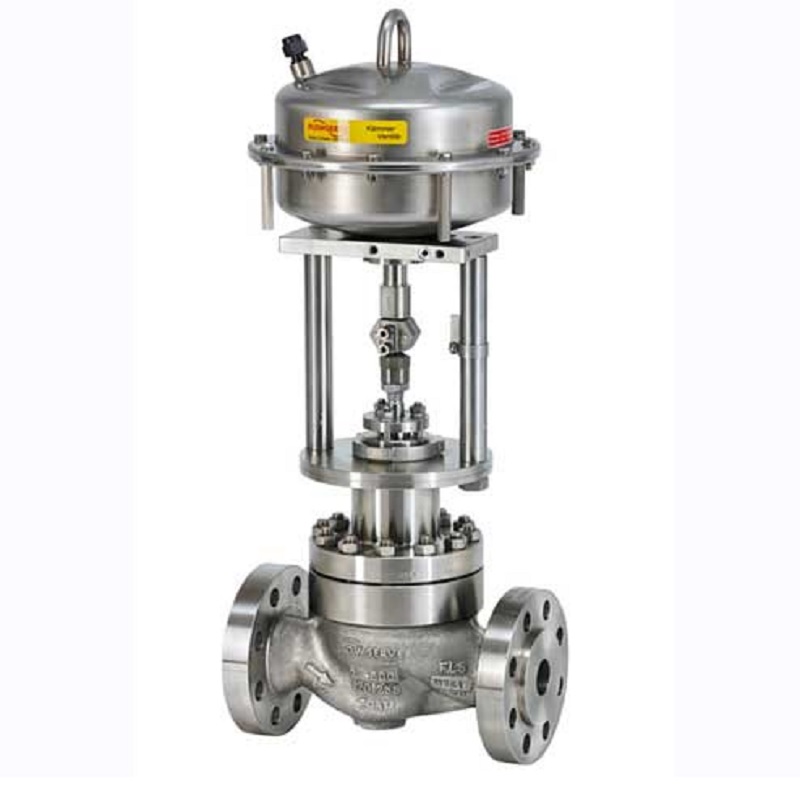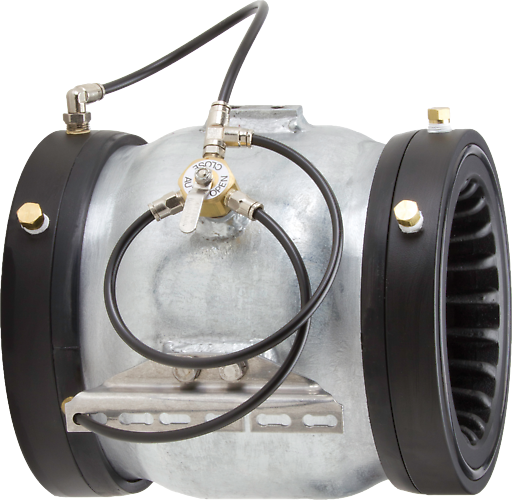Effective Control Valves: Secret Elements for Reliable System Management
Effective Control Valves: Secret Elements for Reliable System Management
Blog Article

Maximize Energy Savings and Convenience With Advanced Structure Automation Controls
In the realm of modern design and center management, the combination of innovative structure automation controls stands as an essential development. By using the power of automation, structures can adapt, react, and progress in means that were as soon as unimaginable.
Energy Efficiency Benefits
Power efficiency benefits can substantially lower power consumption and functional expenses in buildings. By applying energy-efficient techniques and technologies, structure proprietors and operators can accomplish substantial financial savings while also adding to ecological sustainability. Among the key benefits of improving power effectiveness in structures is the decrease of utility bills. Energy-efficient systems, such as advanced building automation controls, can optimize using sources like lights, air conditioning, and heating, leading to reduced power costs gradually.
Additionally, enhanced power effectiveness can prolong the life-span of building equipment and systems. By running much more effectively, cooling and heating systems, light, and various other structure components experience less damage, leading to reduced upkeep and replacement expenses. Additionally, energy-efficient structures frequently regulate higher residential or commercial property worths and rental rates, supplying long-term monetary advantages to owners.
Moreover, energy effectiveness can enhance passenger convenience and efficiency. Effectively regulated interior environments with optimum illumination and thermal conditions create a more positive and favorable work space, leading to boosted employee complete satisfaction and efficiency. Generally, the energy efficiency advantages connected with innovative building automation controls are diverse, encompassing expense savings, environmental stewardship, and owner health.
Boosted Comfort Control
Enhancing convenience control in structure settings requires a sophisticated assimilation of sophisticated automation systems for ideal resident health. By making use of sophisticated building automation controls, facilities can tailor the interior setting to satisfy the particular requirements and choices of occupants. control valves.
Boosted convenience control surpasses basic temperature level modifications. It includes functions such as tailored setups, tenancy sensors, and natural light utilization to create a receptive and dynamic setting. By integrating these advanced controls, buildings can not just enhance comfort but additionally boost power efficiency by optimizing system operations based upon actual tenancy and usage patterns. Eventually, prioritizing owner comfort with advanced automation systems causes a much more satisfying and healthier indoor setting.
Functional Efficiency Improvements

In addition, the execution of real-time surveillance and analytics devices allows building drivers to identify power inadequacies and operational anomalies immediately. By continuously keeping track of energy use patterns and system performance metrics, adjustments can be made in real-time to maximize power intake and ensure peak operational effectiveness. control valves. Furthermore, integrating need response techniques right into structure automation controls can further enhance operational effectiveness by dynamically readjusting power usage based on grid conditions and prices signals
Indoor Environment Optimization
Reliable indoor climate optimization is a basic element of building automation controls, guaranteeing occupants' convenience and health while optimizing power cost savings. By using sophisticated sensors and controls, constructing automation systems can see page continually adjust and check temperature level, humidity levels, air quality, and ventilation to develop an optimum interior atmosphere. Preserving comfortable and constant problems not only improves resident fulfillment but also boosts productivity and total health.
Interior climate optimization also plays a critical duty in power effectiveness. By fine-tuning air flow, heating, and air conditioning systems based on real-time information and tenancy patterns, building automation controls can considerably reduce power usage - control valves. For instance, applying strategies such as demand-controlled air flow and thermal zoning can help decrease energy waste while ensuring that each location of the structure gets the necessary conditioning.

Sustainable Environment Development
Building automation controls not just enhance indoor climate problems for energy effectiveness and occupant convenience but also lay the structure for creating a sustainable setting through calculated administration of systems and sources. By integrating innovative building automation technologies, such as sensing units, actuators, and smart software application, facilities can monitor and readjust power use in real-time to reduce waste and decrease their carbon impact. These systems allow predictive maintenance, determining potential concerns before they rise and maximizing devices performance to boost durability and efficiency.
In addition, sustainable setting development prolongs past power monitoring to include water conservation, waste decrease, and interior air top quality renovation. Structure automation controls can manage water usage, identify leaks, and guarantee correct waste disposal practices, contributing to total sustainability efforts. Furthermore, by monitoring and controlling ventilation and filtering systems, these modern technologies improve owner health and wellness and productivity while reducing power consumption connected with HVAC operations.
Final Thought
To conclude, progressed building automation controls deal substantial advantages in terms of energy cost savings, convenience control, functional efficiency, indoor climate optimization, and developing a sustainable setting. By implementing these controls, buildings can attain ideal efficiency while reducing power intake and enhancing passenger comfort. It appears that using innovative automation modern technology is important in improving structure performance and creating a much more lasting future.
Energy efficiency benefits can significantly minimize energy intake and functional costs in buildings. Generally, the power performance benefits associated with advanced building automation controls are diverse, encompassing price financial savings, ecological stewardship, and passenger health.
Additionally, including need reaction strategies right into building automation controls can further boost functional efficiency by dynamically readjusting power usage based on grid problems and rates signals.
Building automation regulates not only optimize interior climate problems for energy efficiency and owner convenience but additionally lay the structure for creating a lasting atmosphere via critical administration of systems and sources.In verdict, advanced structure automation controls offer significant advantages in terms of power cost savings, comfort control, operational efficiency, indoor environment optimization, and creating a lasting atmosphere.
Report this page